SST-PFB3-VME | MOLEX | CAN to Ethernet device
¥14,558.00
🔔Module Number: SST-PFB3-VME
⚠️Product status: Discontinued
🏚️Delivery time: In stock
🆕Product status: 100% new
🌍Sales country: All over the world
🥇Product situation: one year warranty
📮Contact me: Sauldcsplc@gmail.com
💬Wechat/Whatsapp :+86 13822101417
☀️Have a good day! Thanks for watching my website!
Description
SST-PFB3-VME | MOLEX | CAN to Ethernet device
- .Many products are not yet on the shelves please contact us for more products

- .If there is any inconsistency between the product model and the picture on display, the model shall prevail. Contact us for the specific product picture, and we will arrange to take photos in the warehouse for confirmation
- .We have 16 shared warehouses around the world, so please understand that it can sometimes take several hours to accurately return to you. Of course, we will respond to your concerns as soon as possible
Since the SST-PFB3-VME is a CAN to Ethernet device, it definitely integrates both CAN and Ethernet interfaces. Some of us are not familiar with the CAN port, but Ethernet is basically similar, not to mention that everyone has it in their homes. Whether it is a computer, switch, or router, these common Ethernet devices are connected through RJ45 connector cables, and CAN to Ethernet devices are no exception. After discussing the Ethernet end of the device, let’s talk about the CAN end of the device. The CAN end of Ethernet to CAN devices is connected through multiple P terminals. In actual wiring, the CAN devices are connected to CAN high and CAN low via CAN high, with the connection type being twisted pair or shielded twisted pair. Some friends may have asked, I see that there are more than two interfaces on the CAN end of the device! There is also a CAN-GND! Does that not need to be connected? In general, it is not necessary to connect it, but if there is severe electrical interference on site, it is also necessary to connect it.
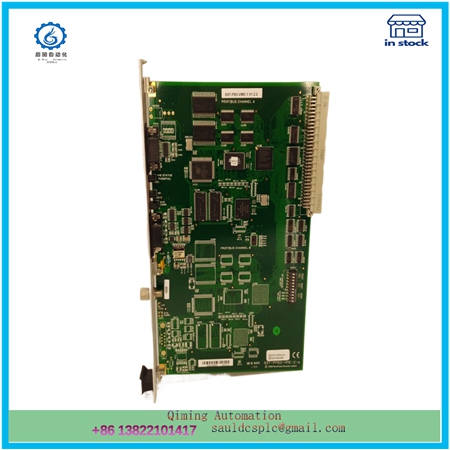
After completing the physical connection, let’s briefly talk about the communication connection in SST-PFB3-VME. There are two communication methods for CAN to Ethernet devices, namely TCP mode and UDP mode. Among them, the TCP mode requires setting up the client and server. For example, if we set the computer as the server and an Ethernet to CAN device as the client, the Ethernet to CAN device will continue to try to connect to the computer until both parties successfully connect and send data to each other. Of course, it does not mean that only one CAN to Ethernet device can be connected to a computer. We can configure multiple CAN to Ethernet devices through configuration software to determine which one is the client, which one is the server, and how multiple devices can work together.
UDP communication is different from TCP in that it does not require a connection to send information. To ensure security, high-level protocols may be required. Due to the reduction of redundant communication content, this type of communication has a higher communication speed. Of course, compared to the TCP communication mode, the security of UDP communication is slightly inferior. The specific choice of communication mode depends on the actual situation.
-
📩Please contact us for the best price. Email: 【sauldcsplc@gmail.com】
-
🌐For more products, click here
📎📝Mailbox:sauldcsplc@gmail.com |SST-PFB3-VME
www.abbgedcs.com | Qiming Industrial Control | Simon +86 13822101417

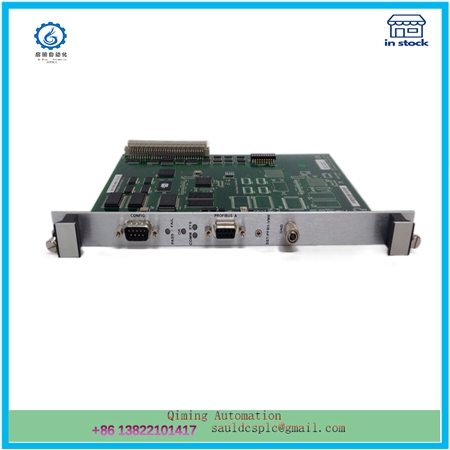
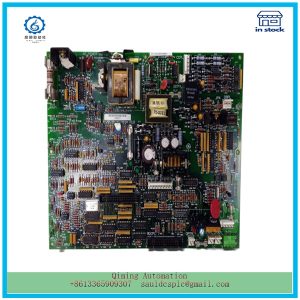
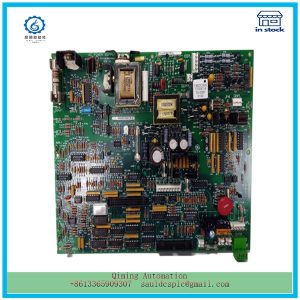
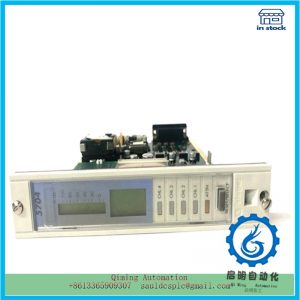
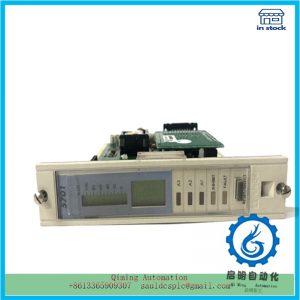
Reviews
There are no reviews yet.